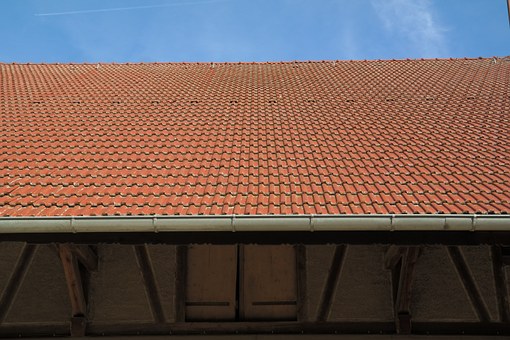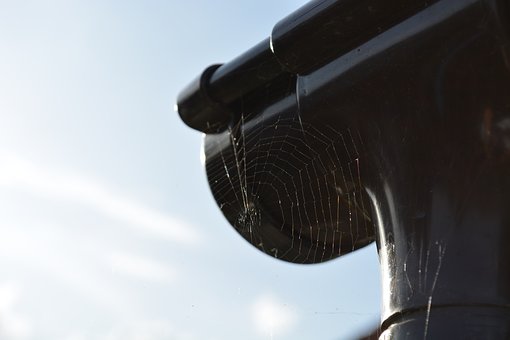
The cost of leaf gutter guards including the cost of their installation is worth the investment even with the services of experts as you can see here https://leafgutterguards.net/gutter-installation-cost/. This simple home improvement, along with standard gutter maintenance, is among the ways you can prevent all the problems that can stem from overflowing gutters. Leaks in your home, as well as damage to your eaves, driveway, landscape and foundation, are just some of the troubles you can keep at bay as long as your gutters work properly. Here are three ways to maintain your gutters and keep it from overflowing.
1. Keep Your Gutters Clean

Debris and dirt are one of the major reasons why gutters overflow. Leaves, sticks, and even plastic items such as toys and packaging can accumulate along the gutter and then clog up the downspout. Keeping your gutters clean is an important maintenance step in preventing overflow. Experts recommend that you clean your gutters at least twice a year. Regular visual inspection of your gutter will also help you spot a potential problem before it becomes a bigger and costlier issue.
Cleaning your gutters by hand may be messy, but it will get the job done. Apart from the debris that you can grab, make sure to scrape or brush off any moss or dirt that caked up along the gutter. Using a leaf blower will work too if you don’t mind blowing the leaves onto your yard.
Installing leaf gutter guards are a big help in keeping your gutters clean and prevent clogging in your downspout. While some gutter guard systems guarantee a clog-free gutter and downspout for a long time, this does not mean that you should forgo the regular inspection and cleaning maintenance of your gutter. Keep in mind that dirt and debris are not the only causes of gutter overflow as you will see in the next tips.
2. Check the Placement of Your Gutters

If your gutter is still overflowing even after you have made sure that your gutter and downspout is clog-free, then the problem may lie in its placement. The pitch and tilt of your gutter system are vital for it to work properly. Gutters tilting away from the roof or those with an improper pitch toward or away from the downspout are sure to create an overflow. You may fix the problem yourself once you spot if you are confident of your skills, but it would be best if you leave it to the experts.
Sometimes, the roof may also have a high pitch. This causes rainwater to cascade downward faster, which causes it to splash once it hits the gutter. While not exactly an overflow, splashing can also cause the same damage. Installing splash guards on your gutters should be enough to handle this problem.
3. Examine the Size of Your Gutter

If your gutter still overflows even though it is clean and the pitch of the roof and the gutter are fine, then the size of your gutter could be the problem. Sometimes, gutter systems may be too small to handle the amount of regular rainfall in the area. For this problem, you may have to call the pros to install a new gutter system for your home.
While overflowing gutters can cause major problems, such problems are easily preventable. All you need to do is set aside time to check and maintain your gutters regularly before they become more complicated. Even if the problem already exists, the solutions above may be enough to address them



